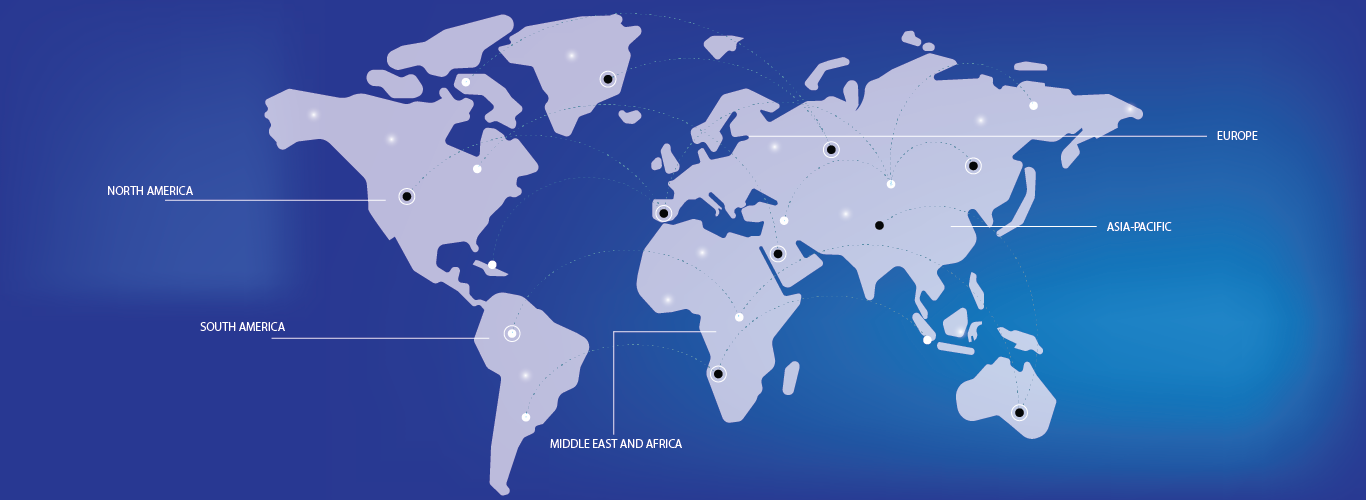The global coal based activated carbon market is expected to witness significant growth in the recent years. This can be mainly attributed to the increasing need for a granular and powdered form of activated carbon, which is anticipated to rise as the demand for air and water purification in coal-fired plants rises. Furthermore, increasing applications of coal based activated carbon from various industries such as personal care, pharmaceuticals, water treatment, food and beverages, and others, is anticipated to boost the demand of the coal based activated carbon in upcoming period.




